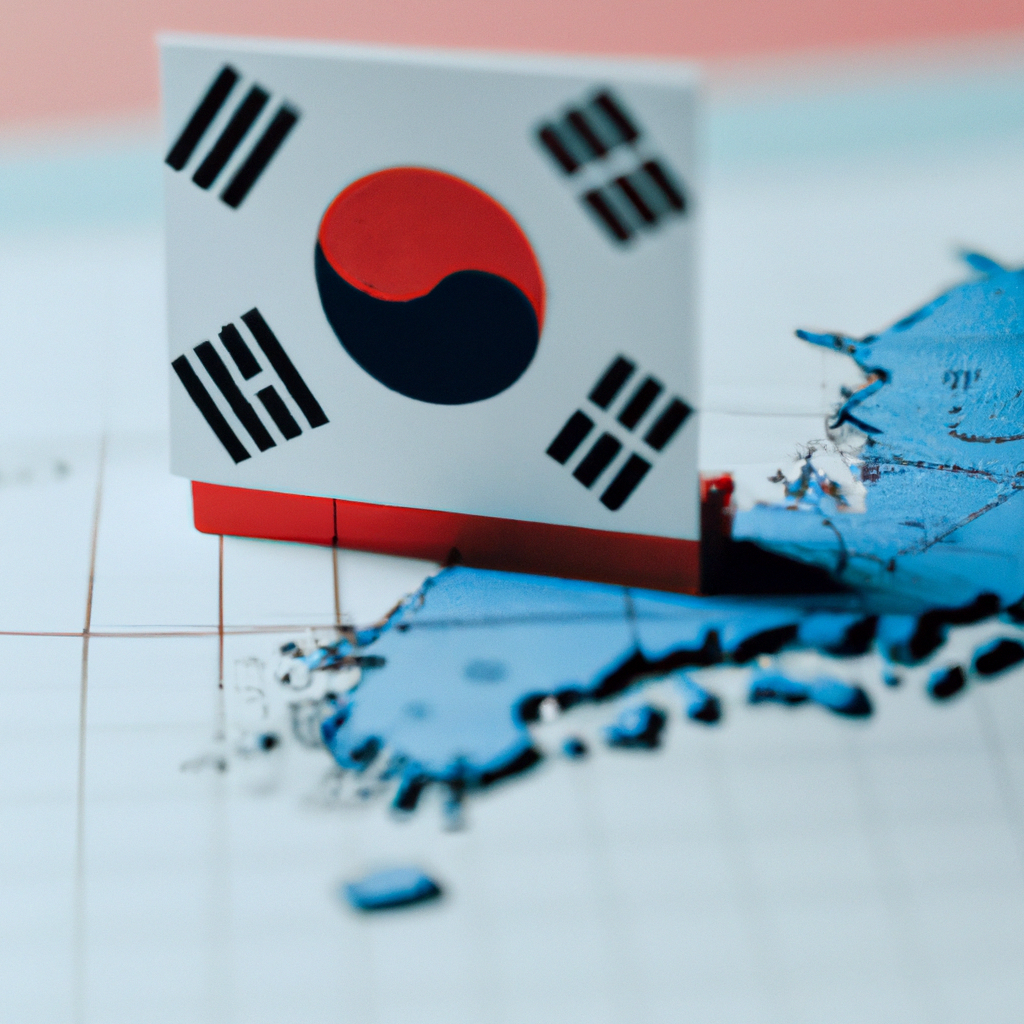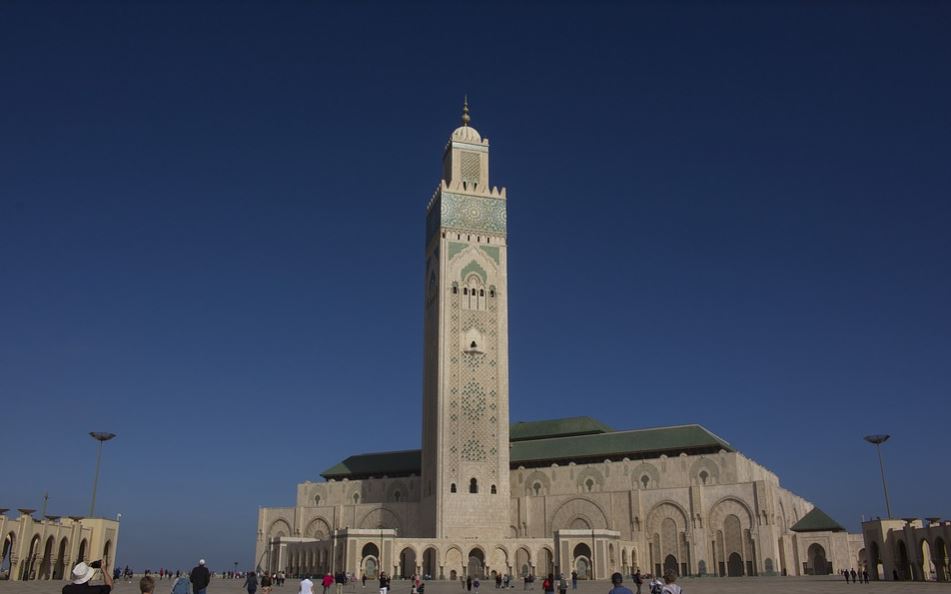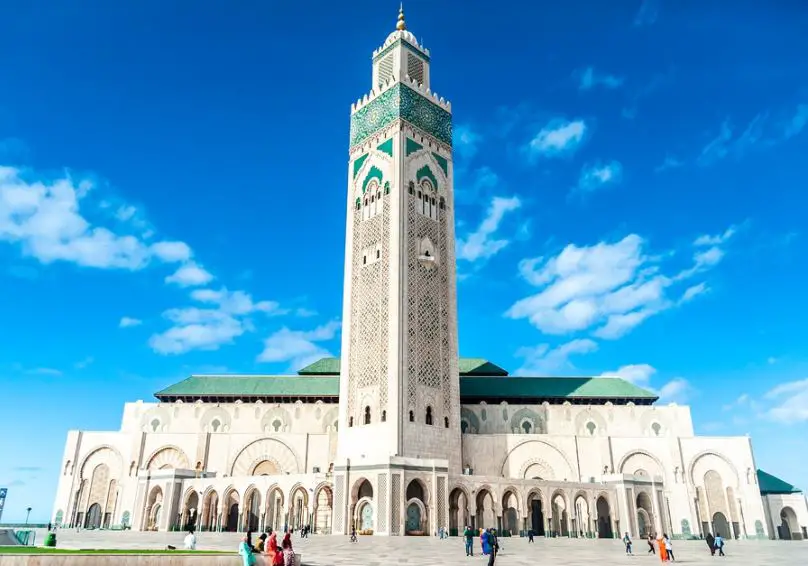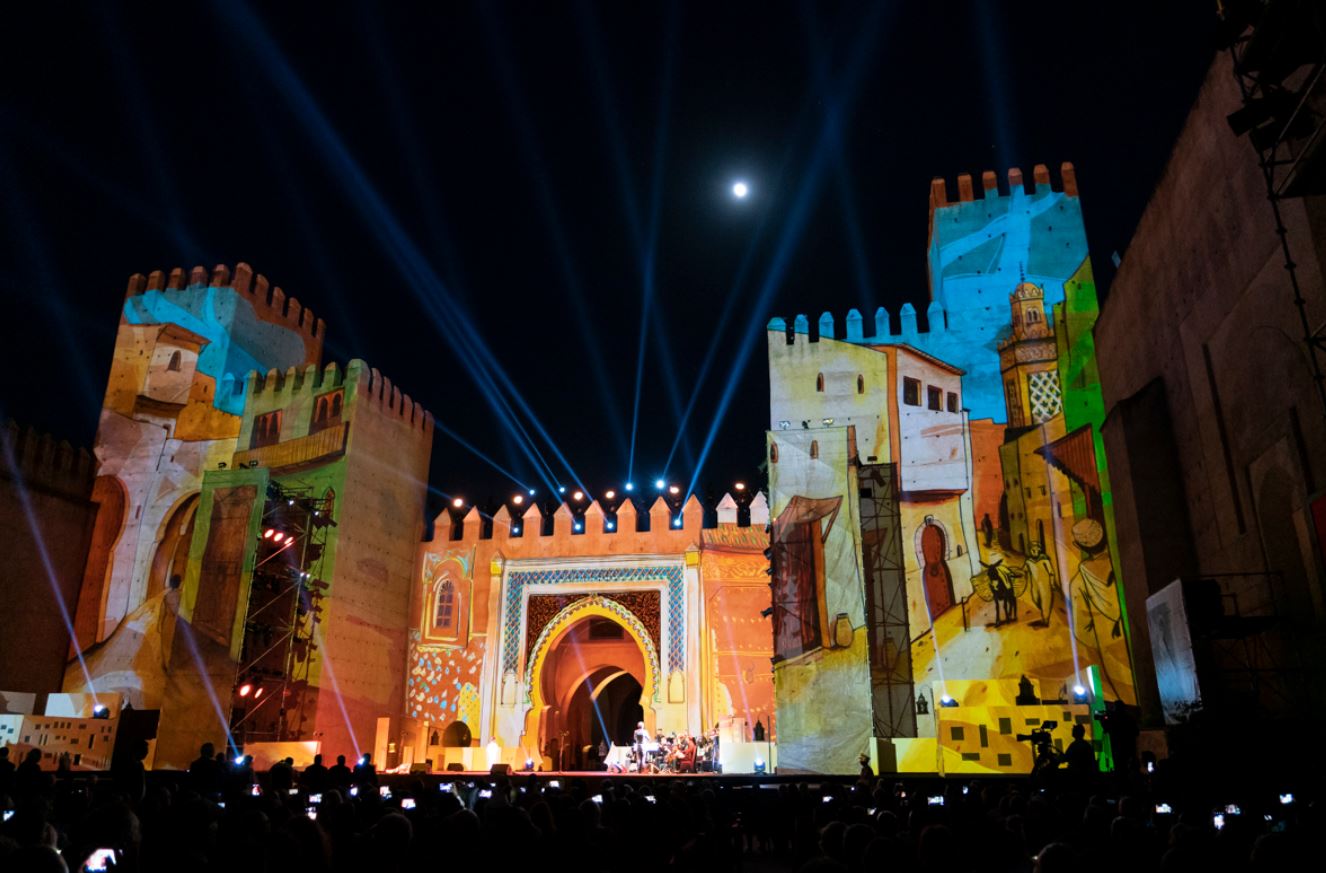Are there any restrictions on photography in South Korea?
Post ByAdequate Travel
Summary
Photography in South Korea offers tourists the chance to capture stunning sights, people, and culture. However, there may be some restrictions tourists should be aware of while photographing in South Korea. In this blog, we'll discuss the rules and regulations on photography in the country and what to look out for. Before embarking on your journey to south-korea, make sure to check the latest travel guidelines and entry requirements to ensure a smooth tripRestrictions on Photography in South Korea
When visiting South Korea, there are certain restrictions and guidelines to keep in mind regarding photography. These rules apply to both locals and foreign visitors in order to ensure cultural respect and privacy protection. Here are some key points to consider:
1. Military Facilities and Installations
Photography near or inside military facilities, including bases, checkpoints, and other restricted areas, is strictly prohibited. This rule is enforced to maintain national security and prevent the potential gathering of sensitive information by unauthorized individuals.
Example: Taking pictures of soldiers, military equipment, or restricted buildings can lead to legal trouble and confiscation of your camera or smartphone.
2. Private Property and People
Respecting other people's privacy is important in South Korea. Avoid photographing individuals without their consent, especially in private spaces such as homes, offices, or public bathrooms. It's advisable to obtain permission before taking pictures of individuals, which is considered polite and respectful.
Example: Taking photos of people without their permission, particularly in situations where they expect privacy, can be seen as intrusive and disrespectful.
3. Cultural and Religious Sites
While many cultural and religious sites in South Korea allow photography for personal use, it's important to be mindful of certain restrictions. Some temples, shrines, and museums may have designated no photography zones, religious rituals, or specific areas where photography is prohibited. Always look out for any signs or instructions provided by the site management.
Example: Certain temples may prohibit photography inside their main halls or during specific ceremonies. Always be respectful and adhere to the rules established by the religious institution.
4. Government Buildings
Photography inside government buildings, including administrative offices, police stations, or courthouses, is generally not permitted. These places hold sensitive information and require higher security measures to safeguard privacy.
Example: Taking pictures inside a government office or court could lead to potential legal consequences and may be seen as a breach of security protocols.
5. Copyrighted or Restricted Material
Photography of copyrighted or restricted material, such as artwork, performances, or exhibitions, may require permission from the relevant authority or organization. Unauthorized photography or dissemination of copyrighted material can lead to legal consequences.
Example: Taking photos of an artwork inside a gallery without permission or capturing a concert performance for commercial purposes without proper authorization can result in legal actions.
It is essential to always follow the rules and regulations regarding photography in South Korea to ensure a respectful and legal experience. Familiarize yourself with any additional guidelines provided by specific locations or establishments before capturing any images.Stay informed about any travel restrictions or travel rules in place, as they may vary depending on your destination within the country.







